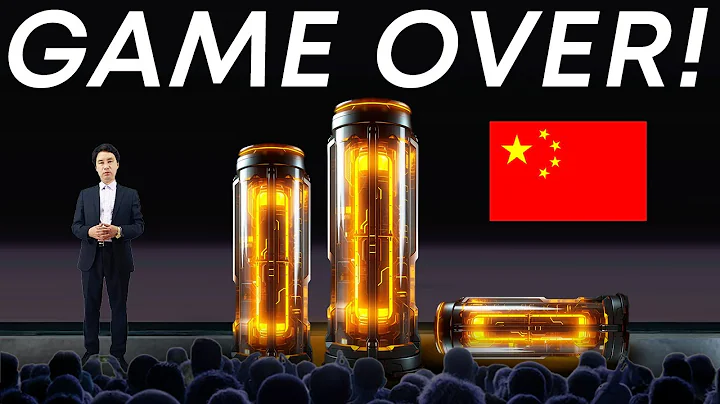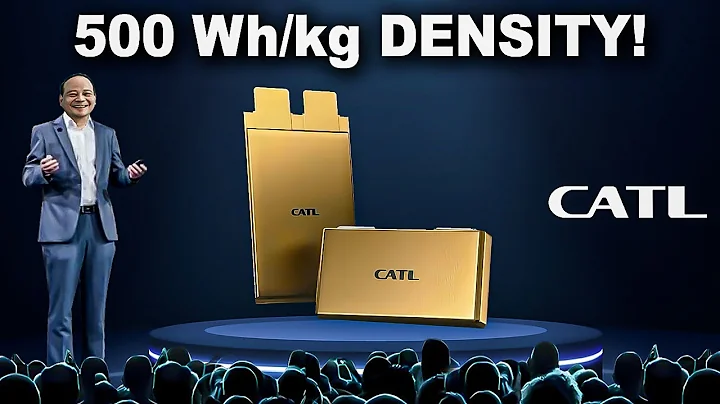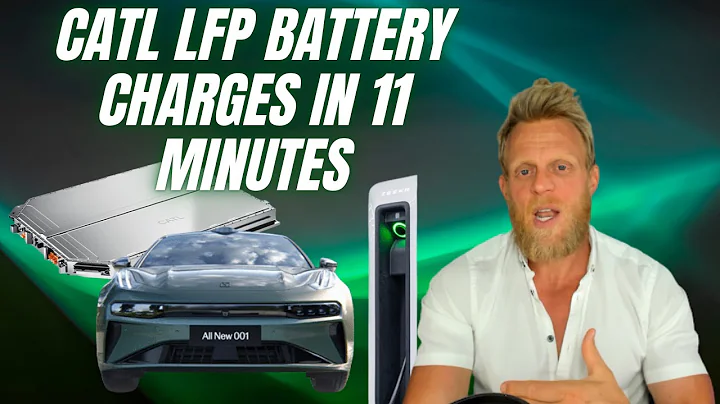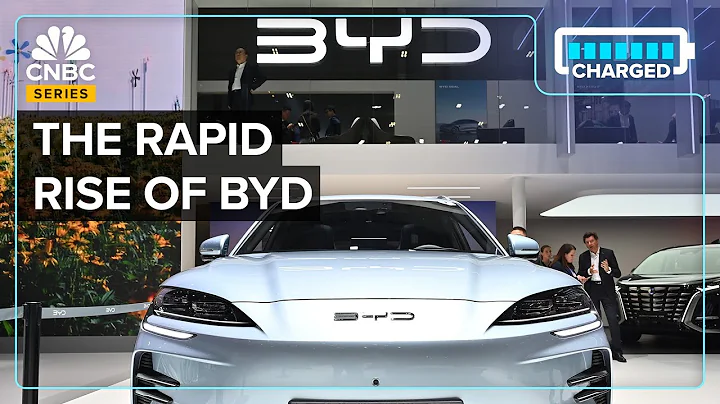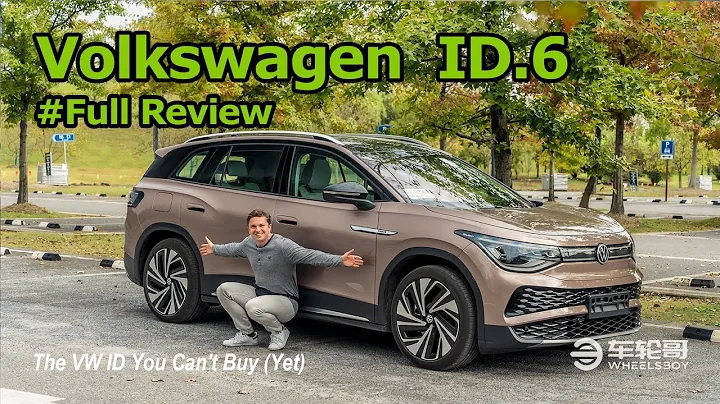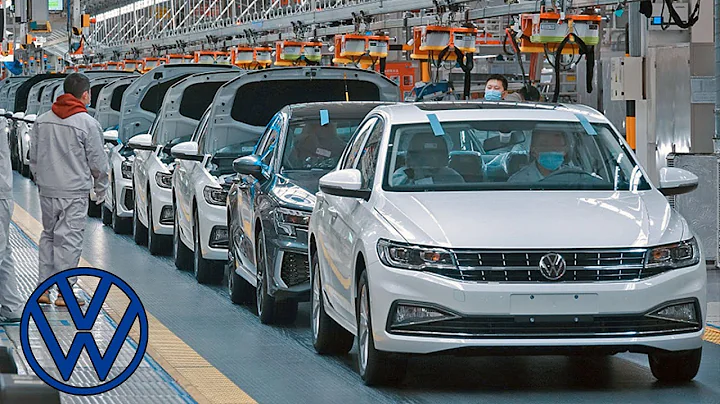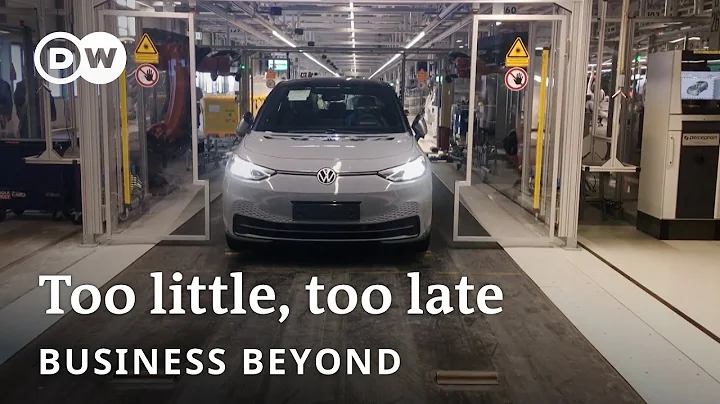A few days ago, CATL released the latest Kirin battery and released a series of shocking data. For example, the system energy density reaches 255wh/kg and the volume utilization rate reaches 72%, which can help electric vehicles achieve a range of 1,000km+ and can be charged to 80% in 10 minutes. The data of
are very good, but the official statement from CATL is very low-key, only mentioning a new high level of battery system integration. The reaction of the media was very exaggerated. Many people began to advocate that once Kirin came out, fuel vehicles would be completely ended, or that Kirin Battery had made a very big innovation, which meant that fuel vehicles had been "sentenced to death."

Is this really the truth? Or are there any weaknesses in Kirin batteries? Kung Fu Motors will explain it to you from a technical perspective, hoping to deepen your understanding of current battery technology.
(1) charges 80% in 10 minutes. Is this just a classic lie?
Let’s first talk about the 1000km+ battery life that has been blown up in recent days. Many people exclaimed that electric vehicles will enter the “monthly charging era” and fuel vehicles will no longer be able to fight back.
Kung Fu Auto’s first reaction after watching it was that it’s really good to be loud. CATL, as the most beautiful “king” of A shares , really has a unique advantage in terms of publicity.

In fact, at last year’s Guangzhou Auto Show, GAC Aion has launched the Aion LX PLUS, the first model with a range of 1,000km+, and has been successfully launched. Test data from major media have been released, and this is also the first model to be recognized as having a "true 1,000km" range.
CATL is a latecomer, its batteries have not yet been mass-produced, and its cars are even more shabby. To be able to arouse such a huge publicity, I have to say that it still has two brushes.
And in terms of innovation, Aion LX PLUS uses a nano-sponge silicon negative electrode battery, which greatly increases the energy density by enhancing the capacity of the battery negative electrode. This is an innovation at the chemical level and has a great role in promoting the industry. . The Kirin battery of the CATL era actually only made some structural adjustments and has not yet been mass-produced. It is indeed a bit exaggerated to gain such a "prestigious reputation".

Let’s talk about the now-hyped 4C fast charging performance, which can charge to 80% in 10 minutes, which sounds really impressive. But have you ever thought about what kind of vehicle electrical platform and what kind of charging pile are needed to achieve such a charging speed?
Assuming that the Kirin battery capacity that can achieve 1000km+ endurance is 200kWh, charging to 80% in 10 minutes means that the charging power must reach 960kW. Considering that most models now use a 400V platform, that means the cable current must reach 2400A, which is impossible for current charging equipment to withstand.

To be clear, Tesla ’s V3 fast charging has a maximum power of 250kW, and the fast charging fee has exceeded 2 yuan/kWh. Porsche does have an 800V electrical platform and enables 350kW fast charging. However, due to cost and technical limitations, it can basically only cover 4S electricity and cannot be deployed at ordinary charging stations.
Who needs to lay the charging piles for CATL’s 960kW fast charging, and which cars can tolerate the heating problem caused by its 2400A current?
This problem has no solution at all. Even if CATL’s Kirin battery can indeed charge 80% in 10 minutes, its supporting facilities cannot be ordinary at all. At most, I can show it to everyone in a directly operated store.
(2) kills Tesla 4680? Get the goods out first
At the Kirin battery launch conference, CATL chief scientist Wu Kai explained the advantages of this new battery, and also emphasized that the Kirin battery has more power than Tesla’s 4680 battery 13% of the battery capacity. The reason is that the energy density of Kirin batteries can reach 255Wh/kg, while the energy density of Tesla 4680 batteries is about 217Wh/kg.

CATL also made a comparison chart with the 4680 battery. In addition to being equal in terms of safety, the Kirin battery defeated the 4680 battery in four aspects: system integration efficiency, thermal conductivity, fast charging performance and system energy density.
But the actual situation is that the 4680 battery was announced on Tesla Battery Day in 2020, and it has only recently begun delivering cars in small batches, with a gap of nearly two years.Kirin Battery was only released this year. As a latecomer, it has some advantages in parameters, which is quite normal.

It is also very interesting to look at the development history of the two batteries. Tesla started with cylindrical batteries. It introduced the 1865 battery of and Panasonic into the electric vehicle industry. It was the high energy density of this battery that it valued. Because the cylindrical battery has a higher shell-to-case ratio, the energy density of its cell itself is more advantageous than that of square-shell batteries.
Tesla spent nearly 10 years evolving the 1865 battery (cell diameter 18mm, height 65mm) into the 2170 battery, and launched the 4860 battery based on the 2170. The change of
is actually quite cautious. Generally speaking, it is an innovation at the battery cell level. Of course, because the impedance of the cylindrical battery is too high, Tesla used advanced technologies such as full tabs, silicon-based negative electrodes, and dry positive electrodes to "tame" it. In addition to the increased volume, it increases the energy density of the entire battery pack by 16%.

The Kirin battery did not appear out of thin air. It is Tesla’s third-generation CTP battery. The core technology of this kind of battery is actually to reduce the module assembly process and integrate the battery cells directly into the battery pack.
CATL launched the first-generation CTP battery pack in 2019, with a volume utilization rate of 55%. The second-generation CTP battery pack will be launched in 2021, with a volume utilization rate of 67%. This year’s third-generation Kirin battery has a volume utilization rate of 67%. The utilization rate is 72%. From the perspective of "proportion", the improvement compared to the second generation is about 7.5%, which is considered a normal iteration.
According to CATL's own data, the first generation should be able to equal the 4680 battery, the second generation has surpassed it, and the third generation should be an epoch-making "invention", but it has to wait until now to promote it, which is indeed worthy of consideration.
Another point is that this third-generation battery uses heat insulation pads, water-cooling plates and transverse and longitudinal beams to form a new multi-functional elastic sandwich. The process difficulty is very high no matter how you look at it. It has taken two years for Tesla's 4680 battery to be mass-produced. How large is the mass production promised by Ning Wang in 2023?
(3) The end of fuel vehicles? It’s not Qilin’s turn!
In recent years, various new energy vehicles have been replacing fuel vehicles. Some mentioned intelligence, meaning that after autonomous driving is achieved, who would drive a fuel car? Some mentioned energy saving, meaning that hybrid fuel consumption is only half of that of fuel vehicles, or that electric vehicles cost less; others mentioned batteries, just in case. A breakthrough in battery technology can last for a month on a single charge, but that’s not the end of it?
But among all these points, the possibility of Kirin Battery is probably very small. There are many reasons for

. First of all, it does not have much innovation. The biggest change is the structure, which is 7.5 points optimized than the previous generation. But what this brings is an increase in process difficulty and a possible decrease in the safety factor. There is no reason that after removing a few structures, the safety will become better. So why use that design in the first place?
Secondly, even if what it says is true, how much of it will be reflected in the hands of users? As mentioned before, even if it can really support super fast charging, the car company's technology platform and charging pile technology cannot support it, and the scope of application will be very narrow. Just like early wireless charging, wireless is wireless, but it is expensive, slow and difficult to identify, and can only be used by a few people.
Although the 1000km gimmick is good, it is just a demonstration of technology after all. As Aion said when releasing Aion LX PLUS, they hope that 1000km will be the end of the arms race, because they have realized that the biggest enemy of current battery technology may still be the diversity of energy replenishment methods.

In comparison, battery replacement or extended-range electric vehicles may be a better way to alleviate current range anxiety. The former is faster than fast charging, and the latter can completely solve range anxiety.
As for the end of ordinary fuel vehicles, it will definitely not rely on electric vehicles with a range of 1,000km+, but more likely ordinary hybrid models. Hybrid models such as BYD Qin PLUS DM-i, Wei Latte DHT, Geely Emgrand L Thor Hi· Only in this way can we truly form head-on competition.
(4) Kung Fu Shooting
CATL's Kirin battery array is huge, but everyone should also realize that it is still a "futures", and its selling points are not as advertised, and many of them still lag behind their opponents.
But in any case, the continued development of power battery technology is also a good thing. Stronger batteries will undoubtedly accelerate the increase in the penetration rate of new energy vehicles . Just don’t always think about one fatal move. Technological development must be accumulated slowly. If you always think about it overnight, it may eventually have negative effects.



